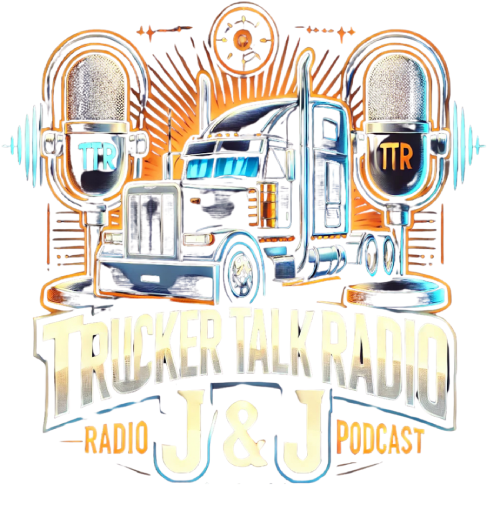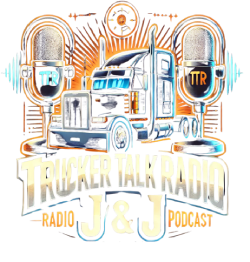EPA Causes Uncertainty for Trucking OEMs with Emissions Rule Rollback Plans
On Wednesday, Environmental Protection Agency (EPA) Administrator Lee Zeldin announced the agency’s intention to reassess the emissions regulations established during the Biden-Harris administration. The focus for the trucking industry is on the Greenhouse Gas Emissions Standards for Heavy-Duty Vehicles – Phase 3, commonly referred to as Phase 3, which is set to affect model year 2027 trucks and continue until 2032.
Critics of the proposed regulations have argued that the new nitrogen oxide emissions reduction requirements would significantly increase the price of new Class 8 tractors, potentially by tens of thousands of dollars. At the recent 2025 TMC annual meeting, Mike Tunnell, senior director of environmental affairs and research at the American Trucking Associations, noted that modern diesel trucks have achieved a 99% reduction in NOx emissions since 1973 and a similar decline of 99% in particulate matter emissions since 1987.
While the EPA is exploring the possibility of ending these emissions regulations, attention is also on the California Air Resources Board (CARB) and its ongoing rulemaking. Although CARB retracted its Advanced Clean Fleets rule during the final days of the Biden administration, the Advanced Clean Trucks rule remains in effect. This regulation stipulates that Class 7 and 8 truck-tractors sold in the 2024 model year must include 5% zero-emission vehicles, rising to 40% by 2032. Furthermore, five additional states have adopted CARB’s policies, with others considering similar measures.
Adding to the complexity of the regulatory landscape, a congressional oversight agency informed Congress that it lacks the authority to review the federal waivers granted to California for its stricter emissions standards. The Government Accountability Office determined that these waivers fall outside the Congressional Review Act. The original plan involved submitting these waivers to Congress, allowing for a 60-day period in which a simple majority vote could disapprove of the rule.
Despite the GAO’s findings, Republican leaders may still attempt to introduce a resolution under the Congressional Review Act. For truck manufacturing Original Equipment Manufacturers (OEMs), this regulatory ambiguity raises questions about how to proceed. Should they continue producing CARB-compliant trucks in the absence of federal regulations or consider developing different truck models? At the TMC event, Alissa Recker, regulatory affairs engineer at Daimler Truck North America, commented on the unprecedented complexity of the current regulatory environment for OEMs.
Nirvana Insurance Secures $80 Million Series C Funding
Nirvana Insurance, an AI-driven commercial trucking insurer, announced on Monday the successful completion of an $80 million Series C funding round, bringing the company’s valuation to nearly $850 million. The funding round was led by General Catalyst, with continued support from existing investors such as Lightspeed Venture Partners and Valor Equity Partners.
Nirvana’s platform is distinguished by its ability to perform more precise and adaptive risk assessments. In an interview with FreightWaves, Nirvana’s CEO explained that traditional insurance providers have not updated their pricing models in years, often relying on a limited set of data. Consequently, this can lead to customers overpaying even when they maintain responsible practices.
The company’s use of AI extends beyond risk evaluation; Nirvana is also utilizing technology to enhance client services. For instance, its AI automates the claims intake and adjustment process, enabling them to settle claims 30% to 40% faster than competitors. Clients receive weekly summaries of their claims, streamlined by AI, so they stay updated on their claim status.
SONAR Spotlight: Surge in Flatbed Tender Rejection Rates
The past week has seen a substantial increase in flatbed outbound tender rejection rates, with the Freight Outbound Tender Rejection Index (FOTRI) surging by 1,210 basis points from 19.02% on March 3 to 31.12%. Last year, a similar surge occurred, but the rates at that time were notably lower, at 20.12%. This rapid ascent can be attributed to the inherent volatility in a smaller market.
While this unprecedented increase in rates may appear alarming, the reaction in the spot market has been a decline in spot rates, which dropped by 5 cents per mile week-over-week, from $2.71 to $2.66. Analysis of flatbed spot rates over the past three years indicates that trends typically see a rise in the spring beginning in late March, followed by increases in April, before plateauing in the summer months.
Flatbed carriers should keep an eye on several factors, including homebuilding, manufacturing industrial activity, and infrastructure development. Additionally, tariff-related fluctuations affecting materials like aluminum, steel, and lumber could significantly impact flatbed truck volumes.
The Routing Guide: Industry Links
- Former FHWA Chief Counsel Appointed as Acting FMCSA Chief (Trucking Dive)
- Deutsche Bank Forecasts Industrial Rebound, Recommends Transport Stocks (FreightWaves)
- Carrier Lease-Purchases: Avoiding Recklessness (Overdrive)
- ArcBest Expands TL Freight To Utilize Excess Capacity (FreightWaves)
- KAL Freight Nearing Closure: Impact on Drivers (FreightWaves)
This outline keeps the core information intact while using clear headings and a structured format for easier reading.


